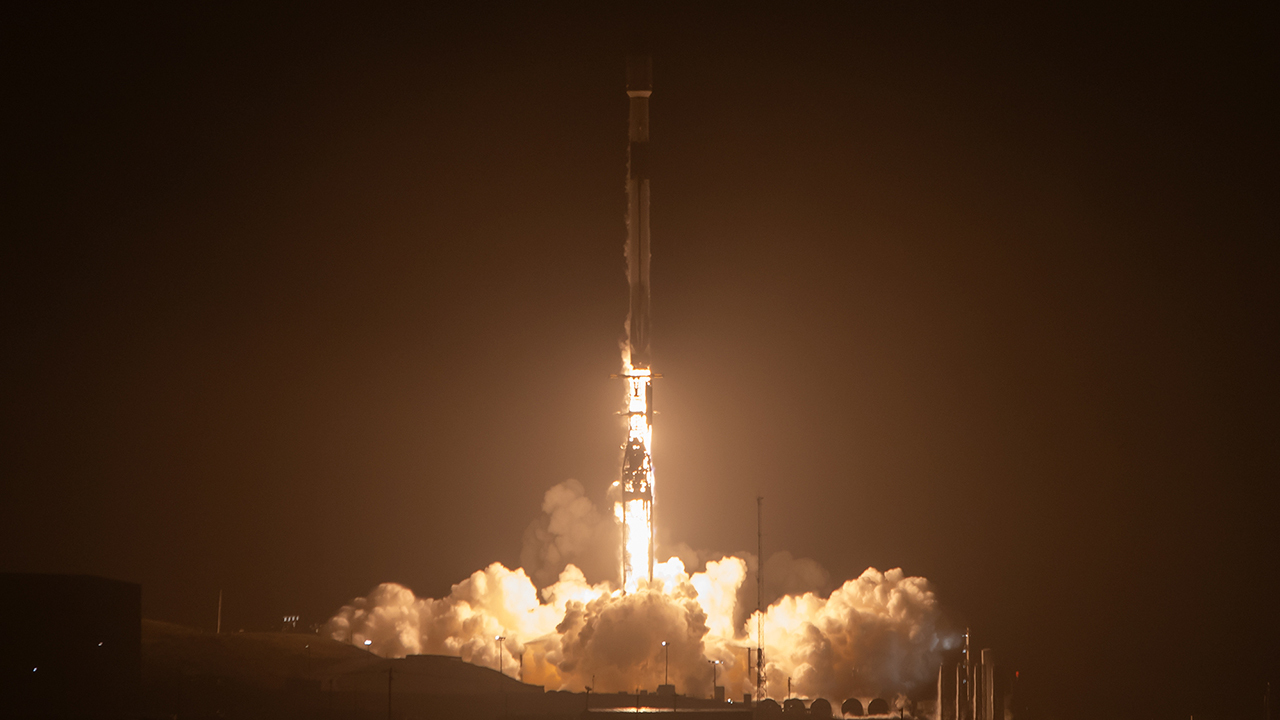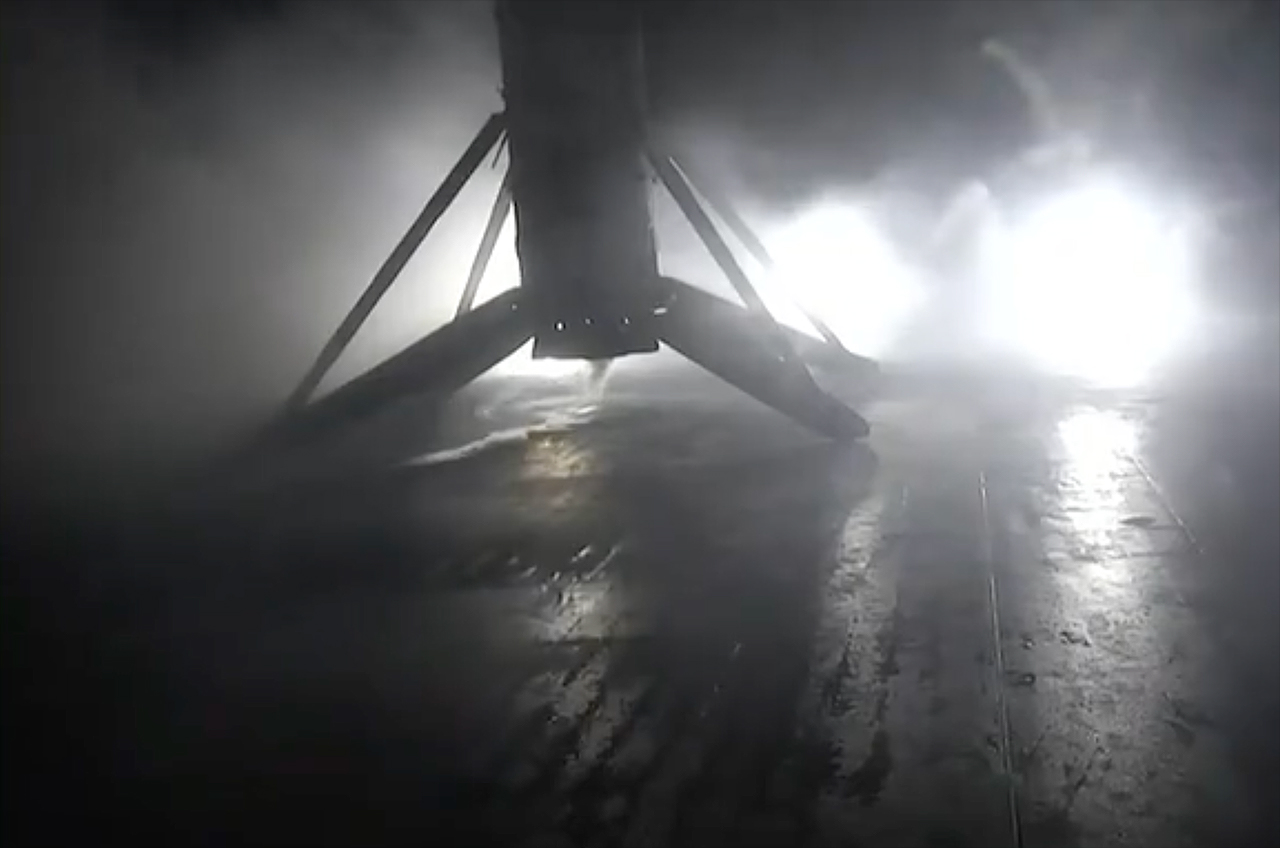SpaceX has launched another batch of its Starlink internet satellites to orbit.
A Falcon 9 rocket topped with 22 Starlink spacecraft lifted off from California's Vandenberg Space Force Base on Friday (Dec. 8) at 3:03 a.m. EST (0803 GMT; 12:03 a.m. local California time).
The Falcon 9's first stage came back to Earth for a vertical landing about 8.5 minutes after launch. It touched down on the droneship "Of Course I Still Love You," which was stationed in the Pacific Ocean off the California coast.
Related: Starlink satellite train: How to see and track it in the night sky

It was the 13th launch and landing for this particular booster, according to a SpaceX mission description. Six of its 12 previous flights have been Starlink missions.
The 22 Starlink satellites, meanwhile, were set to deploy from the Falcon 9's upper stage into low Earth orbit about 62.5 minutes after liftoff.

Friday morning's launch was the 91st orbital mission of 2023 for SpaceX, extending the company's single-year record. The previous mark, 61 launches, was set in 2022.
Get the Space.com Newsletter
Breaking space news, the latest updates on rocket launches, skywatching events and more!
The majority of SpaceX rocket launches in 2023 were used to add to the ever-growing Starlink satellite megaconstellation, which currently consists of more than 5,000 operational spacecraft. And that number will continue to rise for a few years at least; SpaceX already has regulatory approval to launch a total 12,000 Starlink craft and has applied to loft an additional 30,000.
Join our Space Forums to keep talking space on the latest missions, night sky and more! And if you have a news tip, correction or comment, let us know at: community@space.com.

Michael Wall is a Senior Space Writer with Space.com and joined the team in 2010. He primarily covers exoplanets, spaceflight and military space, but has been known to dabble in the space art beat. His book about the search for alien life, "Out There," was published on Nov. 13, 2018. Before becoming a science writer, Michael worked as a herpetologist and wildlife biologist. He has a Ph.D. in evolutionary biology from the University of Sydney, Australia, a bachelor's degree from the University of Arizona, and a graduate certificate in science writing from the University of California, Santa Cruz. To find out what his latest project is, you can follow Michael on Twitter.









